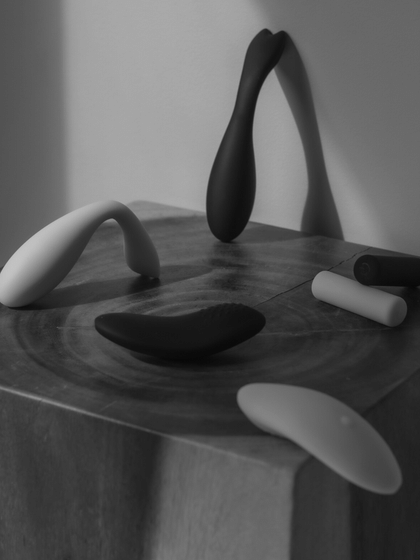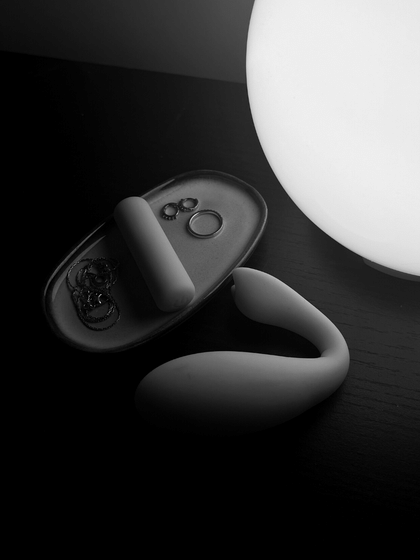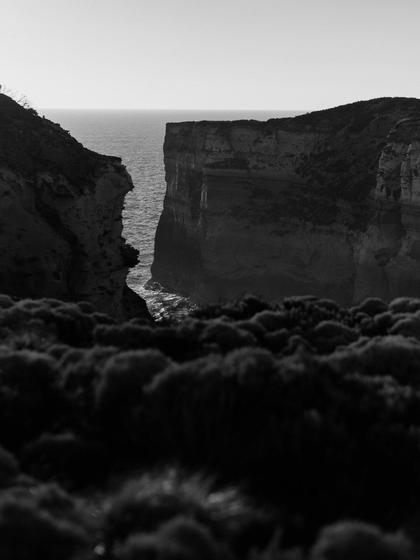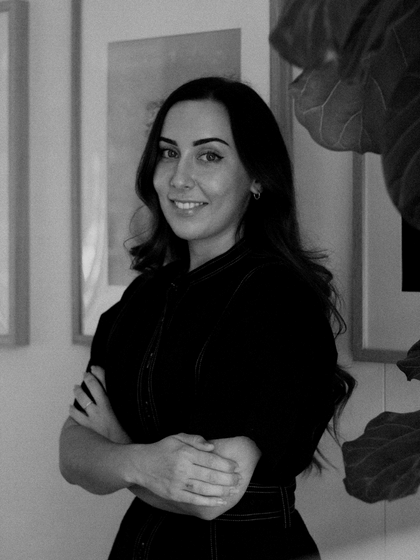Putting aside Regé-Jean Page’s physical appearance, a standout of the hit series Bridgerton by producer Shonda Rhimes, is the complete and utter lack of sexual education in 19th century England.
Of course, this is consistent with the religious influence of the time, where sex for any reason other than procreation was regarded as sinful. While it was generally expected of men to engage in sexual acts before marriage, most Victorian women first learned about sex, reproduction and anatomy while engaging in the act.
It’s fair to say that sex education has come a long way in the last 200 years, but there is still much work to be done. The advent of the female contraceptive pill and its acceptance into society largely did away with the notion that sex was aimed solely for procreation. Slowly, sex ed began to be included in the national curriculum, but its effectiveness has been overshadowed by traditional notions of what constitutes sex education - namely, the mechanics of heterosexual reproduction.
How often do our first times play out like those in Bridgerton?
The show does a remarkable job at highlighting the importance of comprehensive sexual education - covering consent, pleasure, sexual and reproductive health - particularly now that modern relationships begin by vastly different methods.
Although set in the 19th century, the conversation between mother and daughter (or father and son) is not dissimilar to what many modern-day 'sex talks' sound like.





